Jade Accessories in Ancient Hanfu Wear
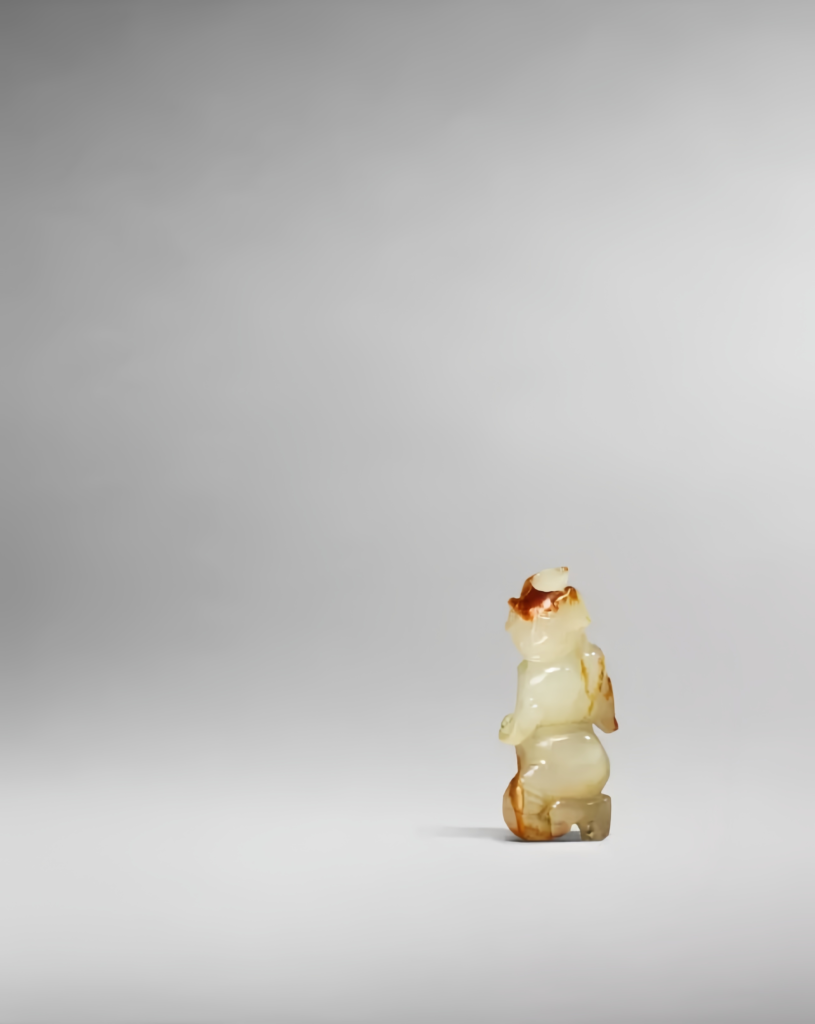
Jade is the ultimate symbol of a Chinese gentleman, summed up perfectly by the saying: “A humble gentleman, gentle as jade.” This simple line captures the shared vibe of jade and noble character. Jade ornaments come in a huge variety—headpieces, earrings, necklaces, bracelets, and body decor. Here’s a look at some popular types.
Jade tops the list as a gentleman’s go-to accessory. With countless styles, it splits into head, ear, neck, hand, and body pieces. Let’s dive into a few standouts.
Yu Bi (Round Jade Disc)
A round, flat jade piece with a big center hole, where the hole-to-edge ratio is 1:2. Er Ya notes: “A hole twice the width of the rim is called Bi.” Mainly a pendant, it also served as a summoning token—Xun Yu says, “Summon with a Bi”—or helped guide kings up steps to avoid slips.
Yu Huan (Jade Ring)
Shaped like a Bi but with a 1:1 rim-to-hole ratio, per Er Ya: “Equal rim and hole make a ring.” Ancients wore rings to symbolize unwavering loyalty and used them to signal returns or reunions.
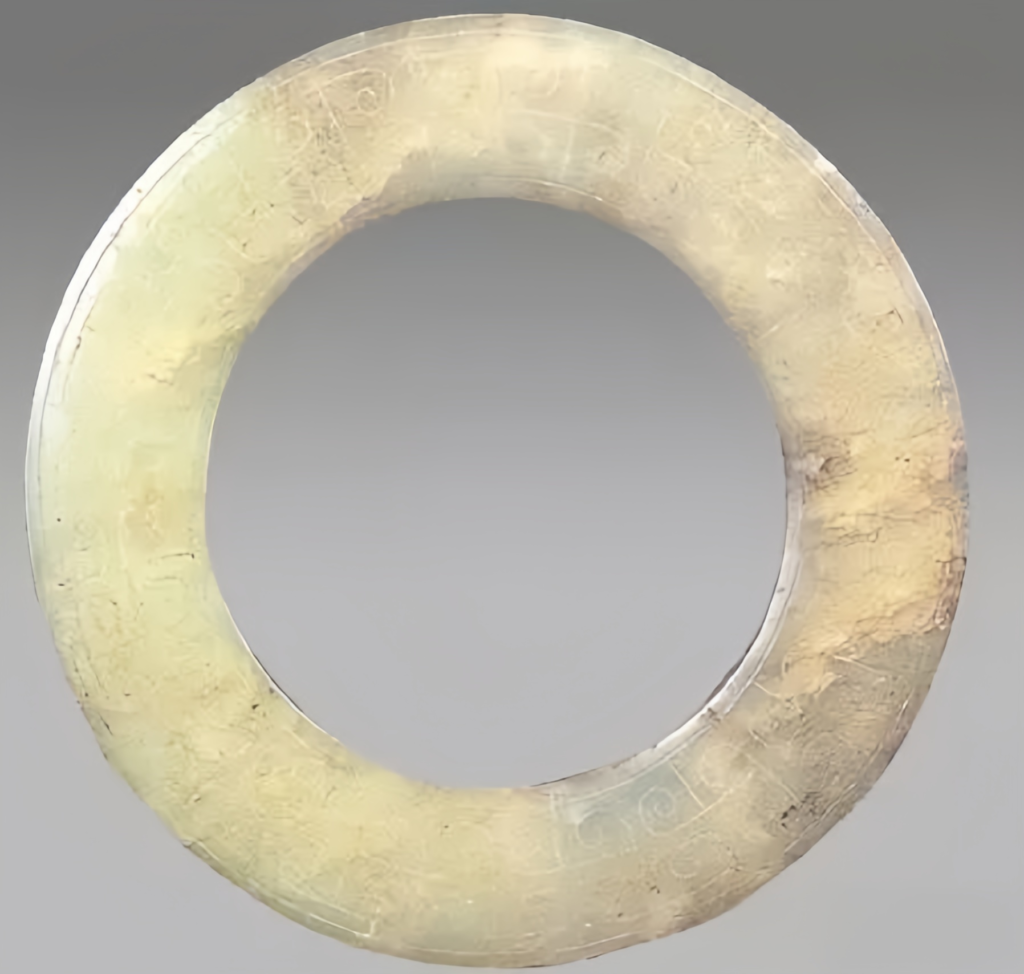
Yu Jue (Notched Jade Ring)
A ring with a gap, from the Neolithic era, often an earring. It carried two meanings: decisive action or a break from the past.
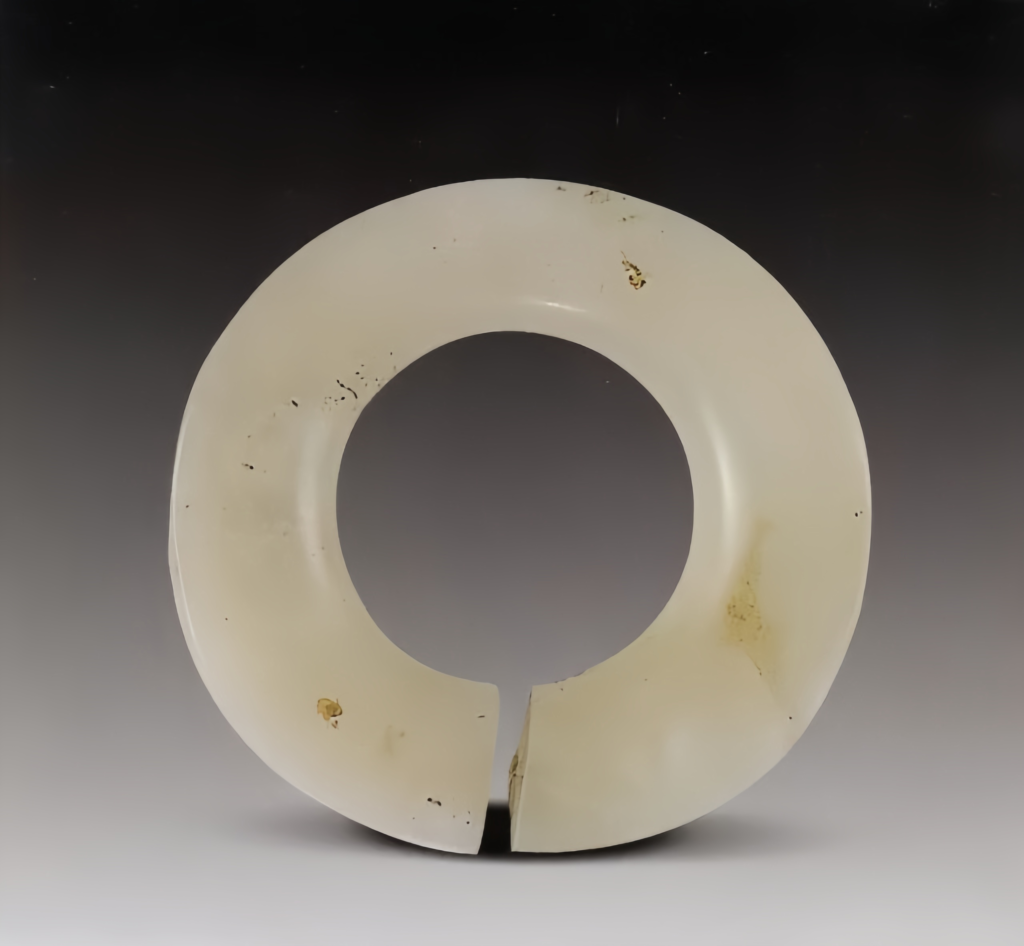
Yu Chong Ya (Jade Tooth Pendant)
A long, tooth-shaped jade piece worn lower on the body.
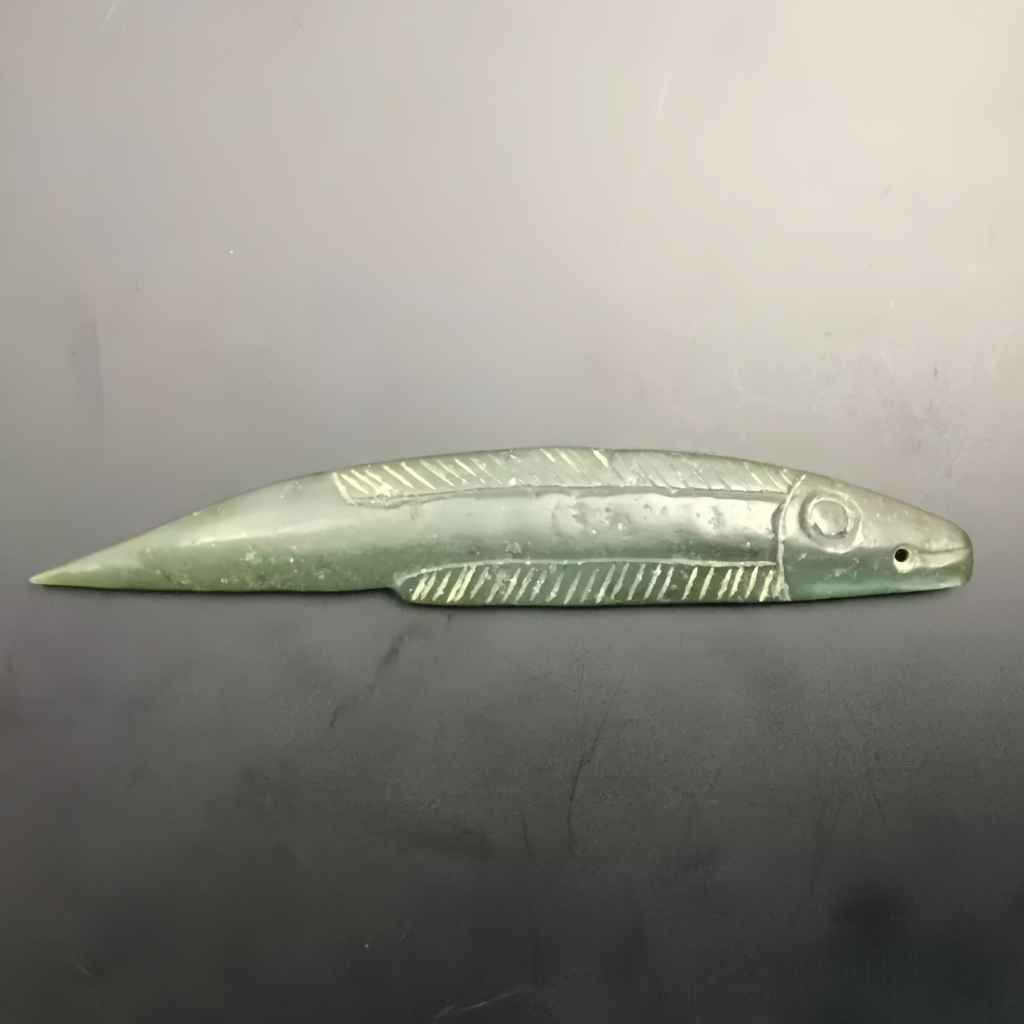
Yu Weng Zhong (Humanoid Jade Pendant)
A human-shaped pendant. Legend says Weng Zhong, a tall, brave Vietnamese warrior from the Qin Dynasty, inspired sculptures and pendants to ward off evil and ensure safety.
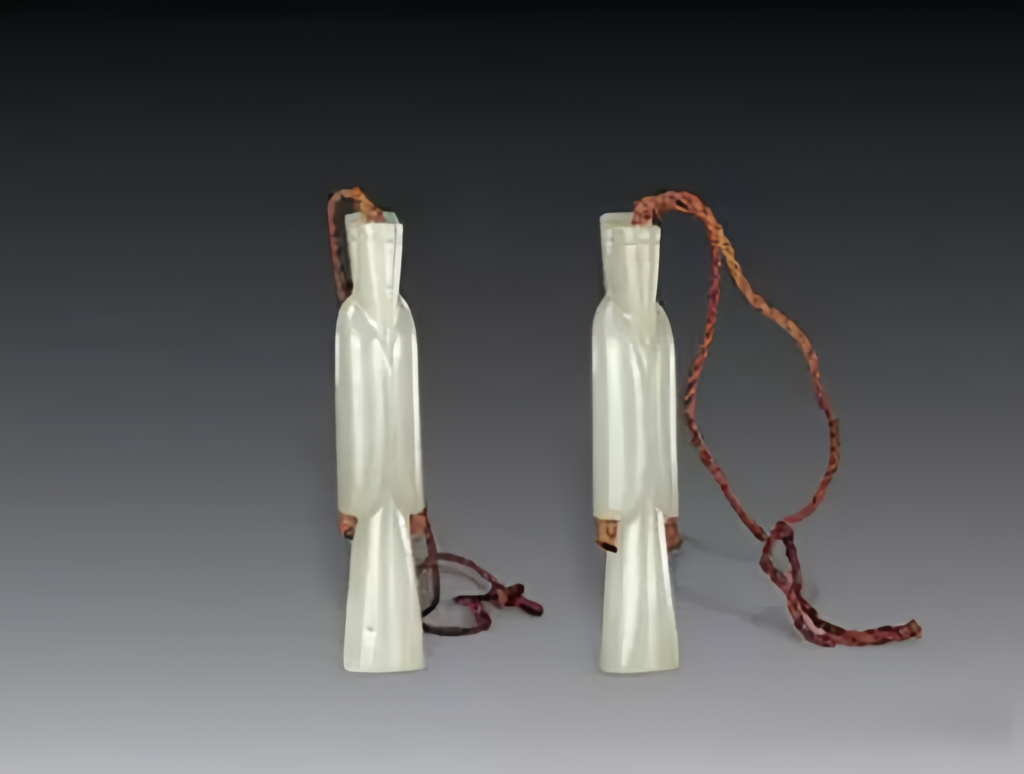
Yu Gang Mao and Yan Mao (Square Jade Plugs)
Square jade with a center hole, usually white and paired. Yan Mao’s inscription reads: “Yan Mao wards off illness, the emperor transforms with Kui, beware emptiness, stay grounded, transform spirit and end, be just and straight, square and firm, repel red plague and sores, none dare challenge.” Han nobles wore these to banish bad luck and invite good fortune.
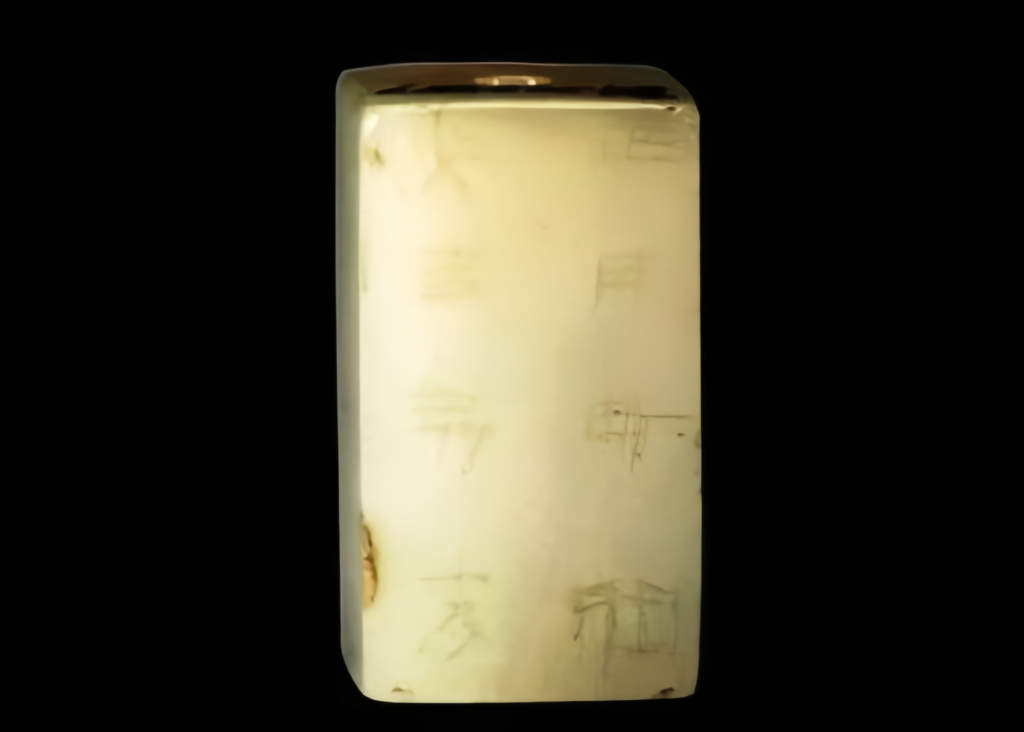
Yu Hu (Jade Scoop)
A horn-shaped cylinder. Li Ji • Nei Ze mentions, “Wear a small jade Hu on the left, a big one on the right.” Beyond decor, it had practical uses.
Yu Jian Shi (Jade Sword Ornaments)
Decorative jade for swords and sheaths, including sword tips, guards, and fittings.
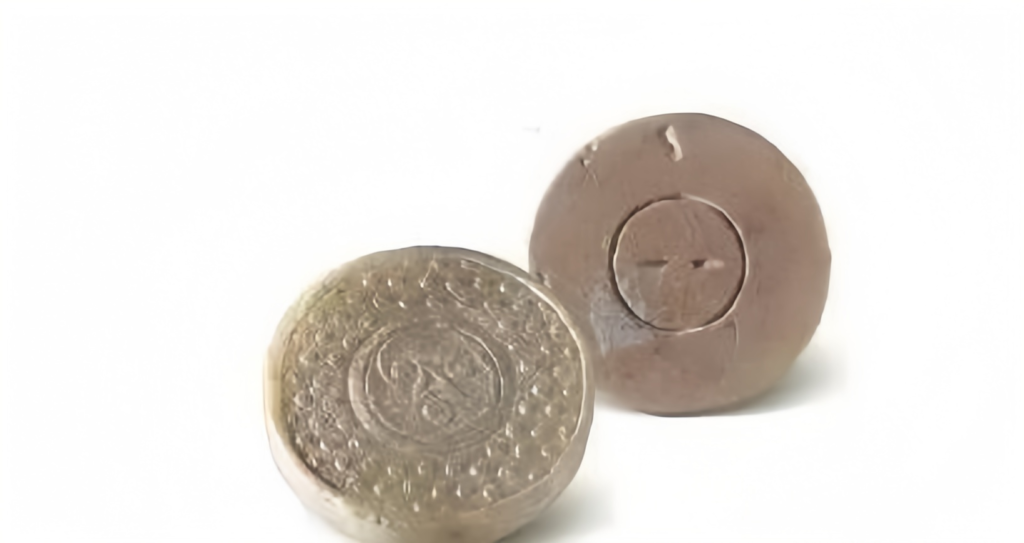
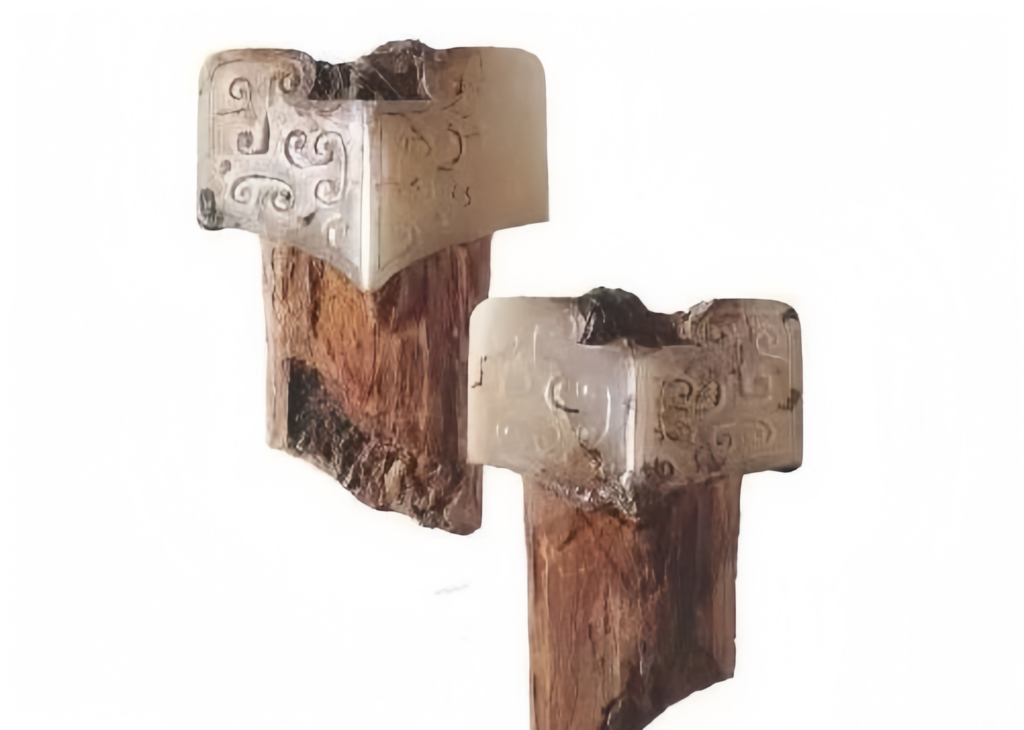
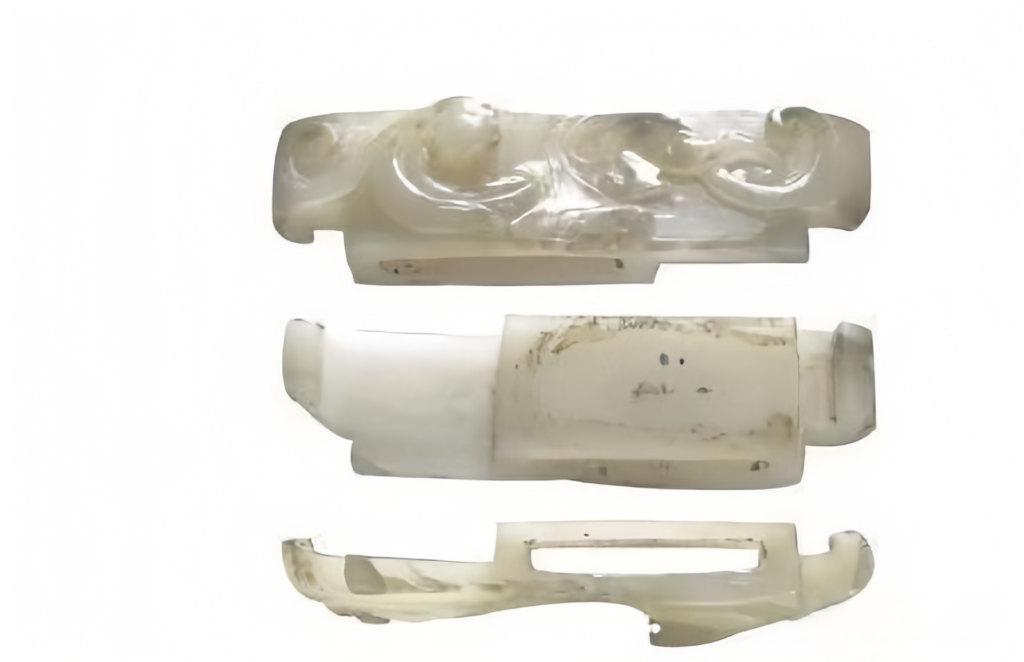
Ban Zhi (Jade Finger Guard)
A cylindrical jade worn on the finger.
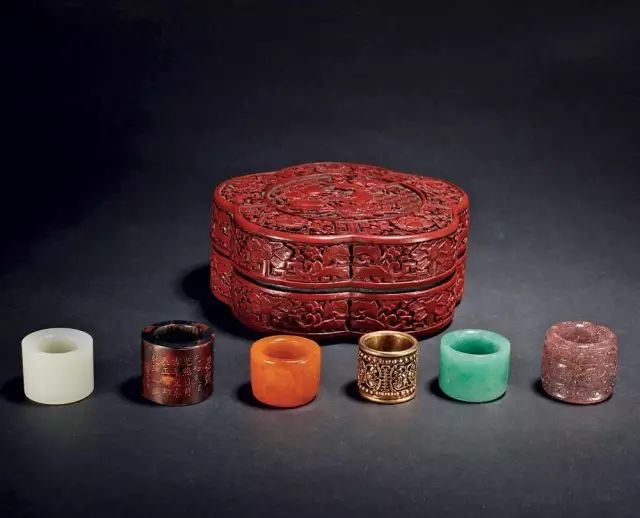
Yu Zhuo (Jade Bracelet)
A short, tube-shaped wrist piece, one of the earliest and most loved ornaments, staying trendy across dynasties.

Yu Dai Ban (Jade Belt Plaque)
Waist-worn jade plaques strung on leather belts, credited to Tang’s Li Yuan. More than decor, they signaled rank—New Tang Book • Eastern Tribes notes: “Third-rank officials wore gold-jade belts with 13 plaques; fourth, 8; fifth, 10; sixth-seventh, silver-jade with 9.”
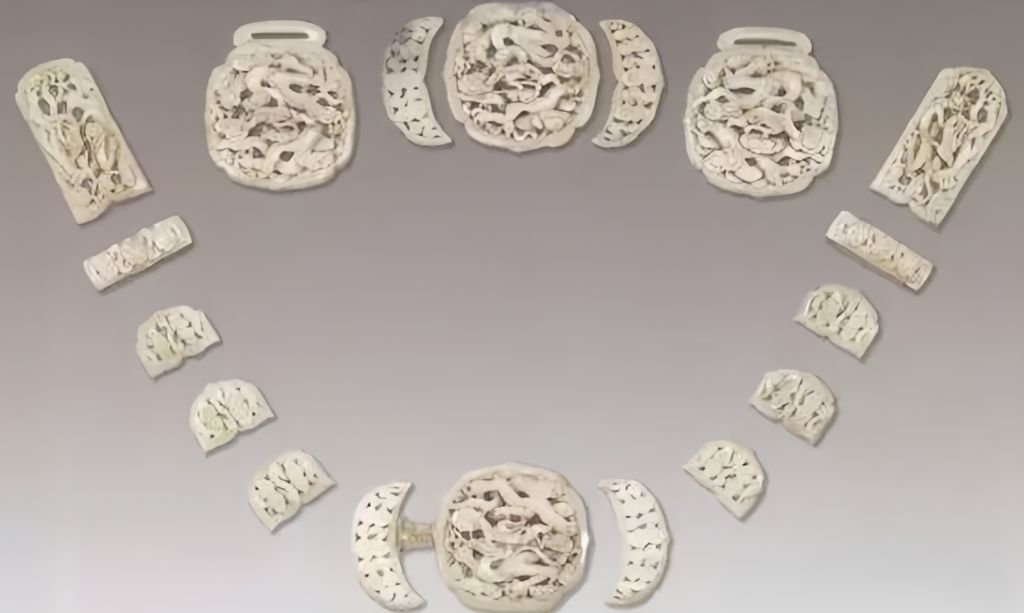
Yu Ren (Jade Figurine)
Human-shaped jade decor, featuring figures, Buddhas, or Guanyin, worn to honor or seek protection.

Beyond these, there’s jade fish, plaques, pendants, locks, hair hoops, pins, hat flowers, belt hooks, five-buckle sets, carriers, court beads, hand strings, waist bands, top rings, sachets, animal shapes, human heads, flying figures, square fittings, zodiacs, and Dharma wheels.
Ancients, especially nobles, wore full jade sets in a set order, but today, chest jade (often Buddhas or Bodhisattvas) dominates, with waist jade less common.
The Jade Lore: People Nurture Jade, Jade Nurtures People
There’s a saying: “People nurture jade for three years, jade nurtures people for a lifetime.” Before Qing’s Qianlong era, Chinese “jade” meant Hetian jade from Xinjiang, with some Lantian, Xiuyan, agate, or Du jade—all soft jade. (Jadeite, a hard jade, only counted as jade in Qing.) Soft jade’s low density and loose structure let sweat and oils seep in over time, turning it glossy with a patina. Quick polishing can also transform its look, fueling the “people nurture jade” idea—though this applies only to soft jade.
“Jade nurtures people” suggests jade’s elements benefit the body. Studies on jadeite show some elements can be absorbed, aiding organs and balancing functions. Jade’s light spots, aimed at acupoints, might stimulate and massage meridians, even helping elderly eyesight. Holding jade in the mouth with saliva could hydrate, soothe lungs, and boost energy.
Yet, no solid science backs this—trace elements from jade are negligible and unlikely absorbed by skin. Still, ancients believed jade’s gentlemanly virtue, worn or played with, reminded them to refine character and morals. That’s likely the true “jade nurtures people” essence!
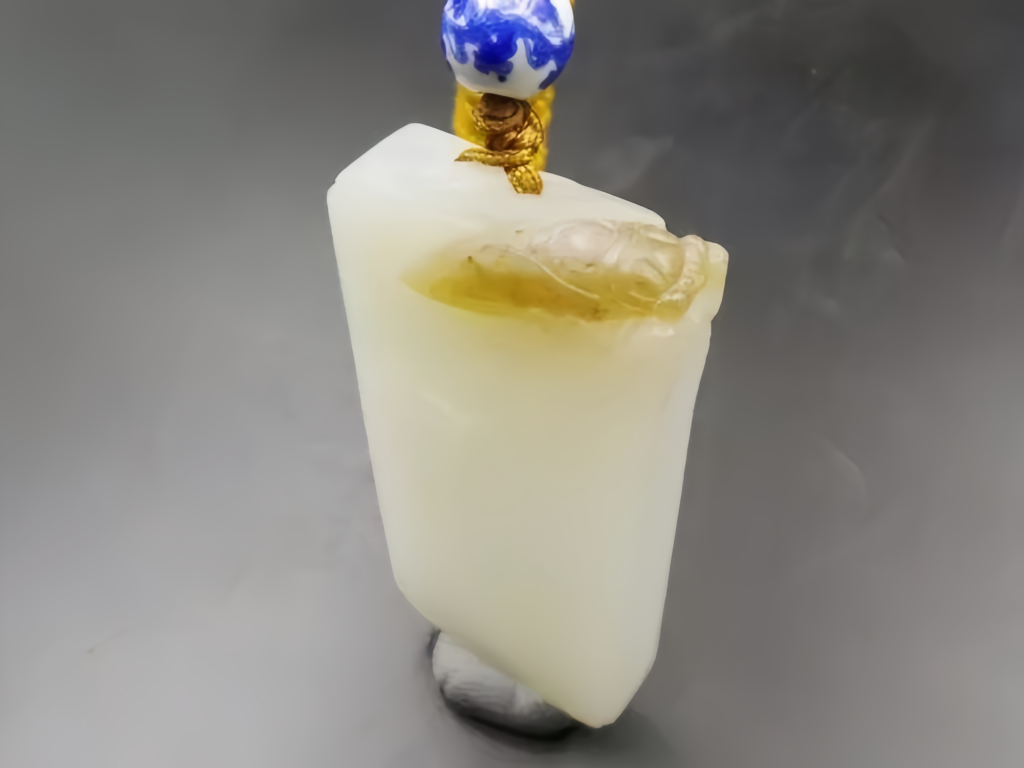
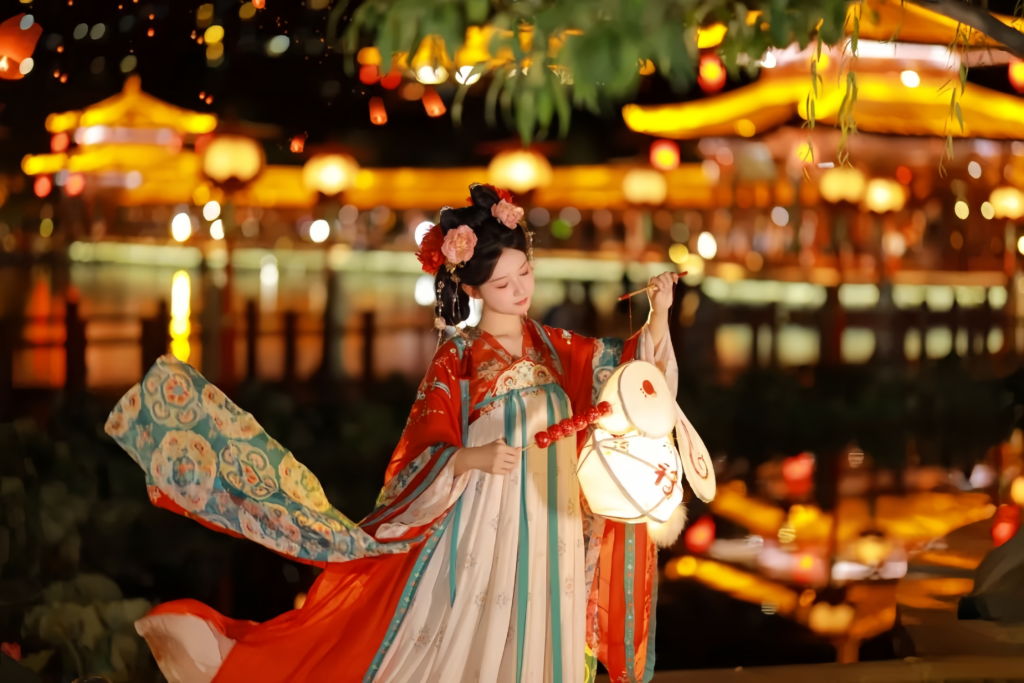

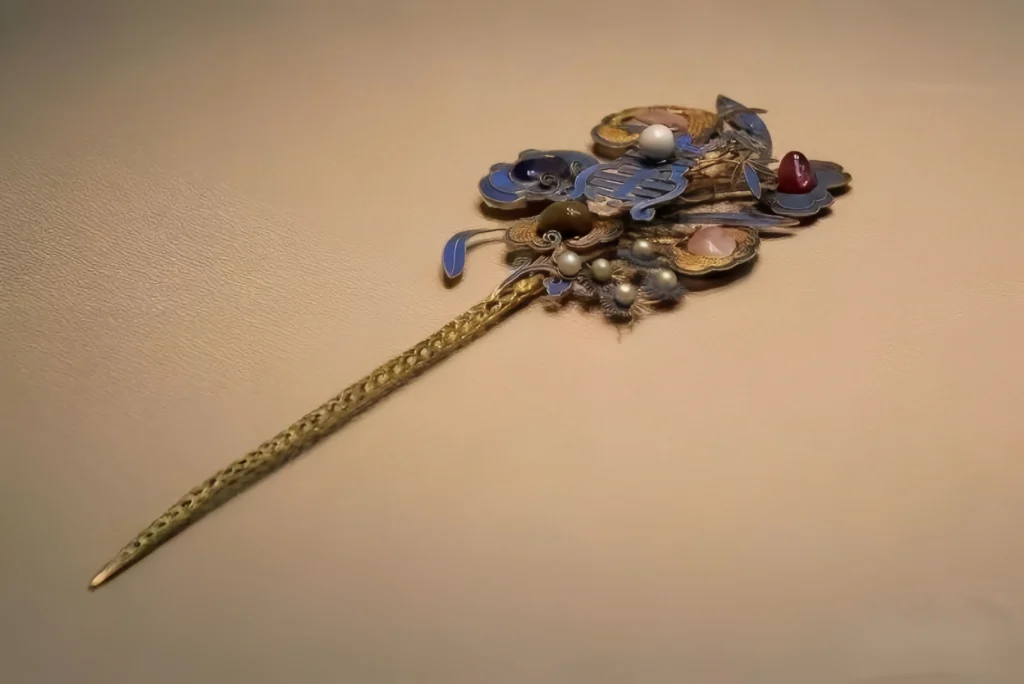
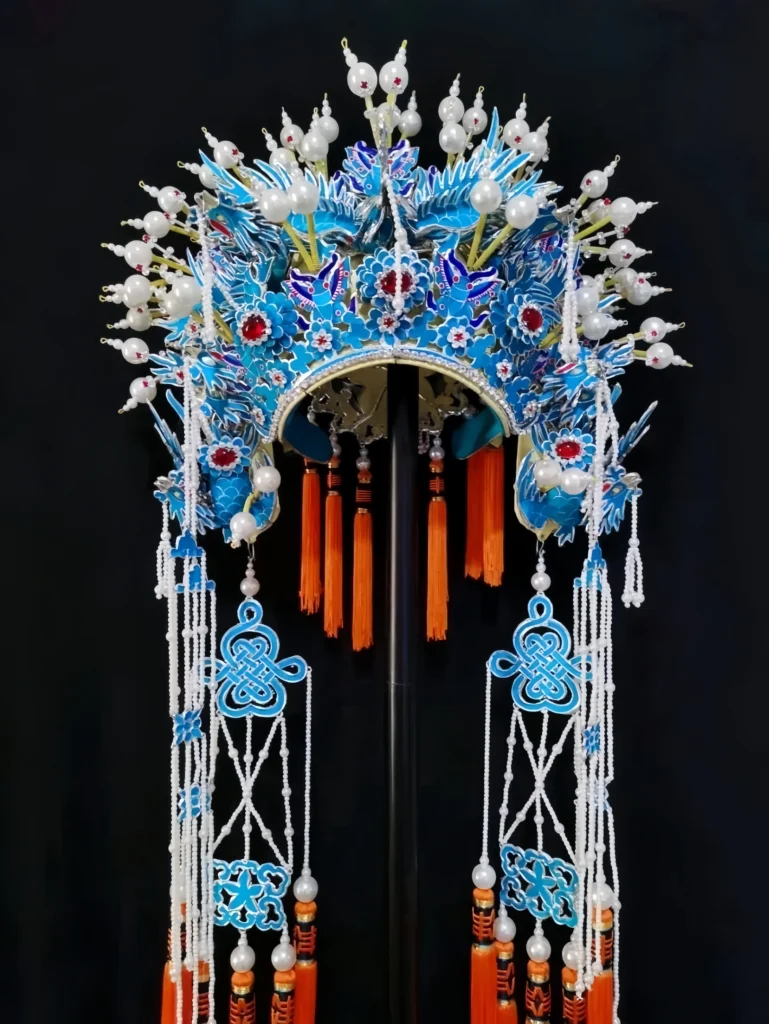

Responses